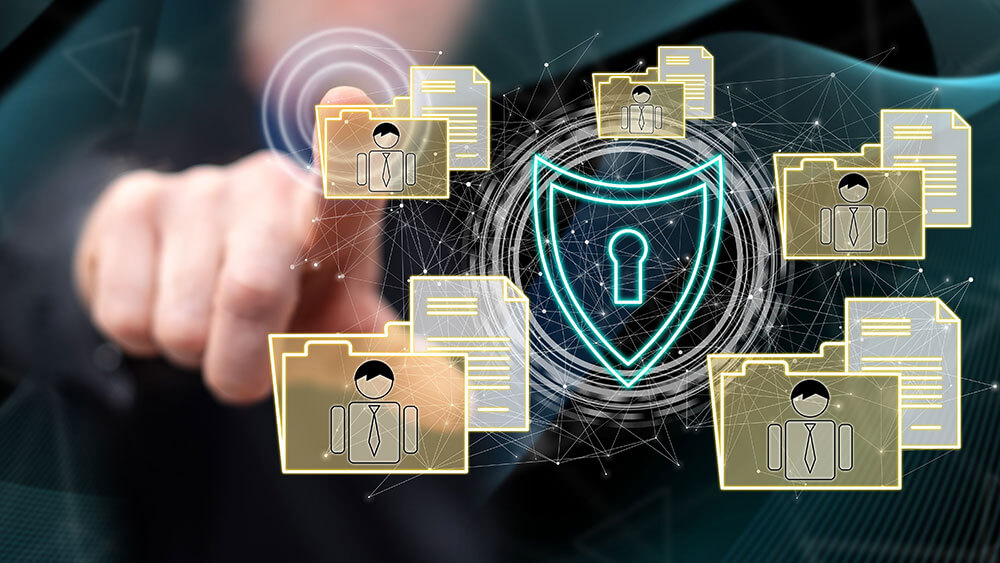In 2018, the event-tech space continued to evolve with a number of mergers and acquisitions. And while new tech tools will continue to shift the events landscape, for larger annual conferences, I see three big changes coming down the pike.
Security First
Conference organizers are generally unaware that last year most event-technology software companies lost three or more months of future development time to focus instead on compliance requirements for General Data Protection Regulation (GDPR). Most event organizers reacted by significantly changing their rules around data governance and privacy to be in compliance. The California Consumer Privacy Act (CCPA) is similar to GDPR and goes into effect on Jan. 1, 2020.
This all means that event-technology solutions need to invest more heavily to ensure that they protect attendee personal data and credit card information. The level of difficulty is high. Software solutions built on older platforms and smaller companies with fewer resources are going to have a harder time meeting event organizers’ more stringent data-security requirements.
Not-So-Much Big Data
Conference organizers who jumped on the big data bandwagon are drowning in so much of information, they can’t make sense of what changes need to be made. Conference organizers need to walk before they run, and to track explicit — not implicit — behavioral cues. Don’t track who is in a certain area, their dwell time, or other implied behaviors. Instead track the exhibiting companies an attendee favorited on the app, the sessions they attended, and the handouts they downloaded. If your organization does not have marketing-automation software, you are putting the cart before the horse by tracking attendee behavior.
End of Lead Retrieval
This prediction may be a few years away from becoming reality, but I believe the lead-retrieval business model — which significantly funds registration services and credentialing for major conferences and shows — is going to disappear. This is a really big deal because some conferences will need to pay three to five times more for registration than they do currently.
This is another example of how costs have traditionally been shifted away from the organizer to the exhibitors. The way B2B buyers purchase goods and services has changed. Exhibits are less about lead generation and more about nurturing. Exhibitors aren’t going to continue to shell out hundreds or thousands of dollars each to collect contact information.
To Integrate or Not
One thing I learned early on in event technology: Association management systems (AMS) were never built to manage complex annual meetings and exhibits. While there are many associations that successfully process meeting registrations using their AMS, there are very few who have a highly integrated exposition- or speaker-management system. It’s a significant customization that is unlikely to ever deliver a return on total cost of ownership (TCO).
Instead of wasting lots of money on an integration for exposition- or speaker-management systems, select a best-of-breed configurable solution and focus on making it easier for the customer to connect and process through single sign-on (SSO).
Dave Lutz, CMP, is managing director of Velvet Chainsaw Consulting, velvetchainsaw.com.

